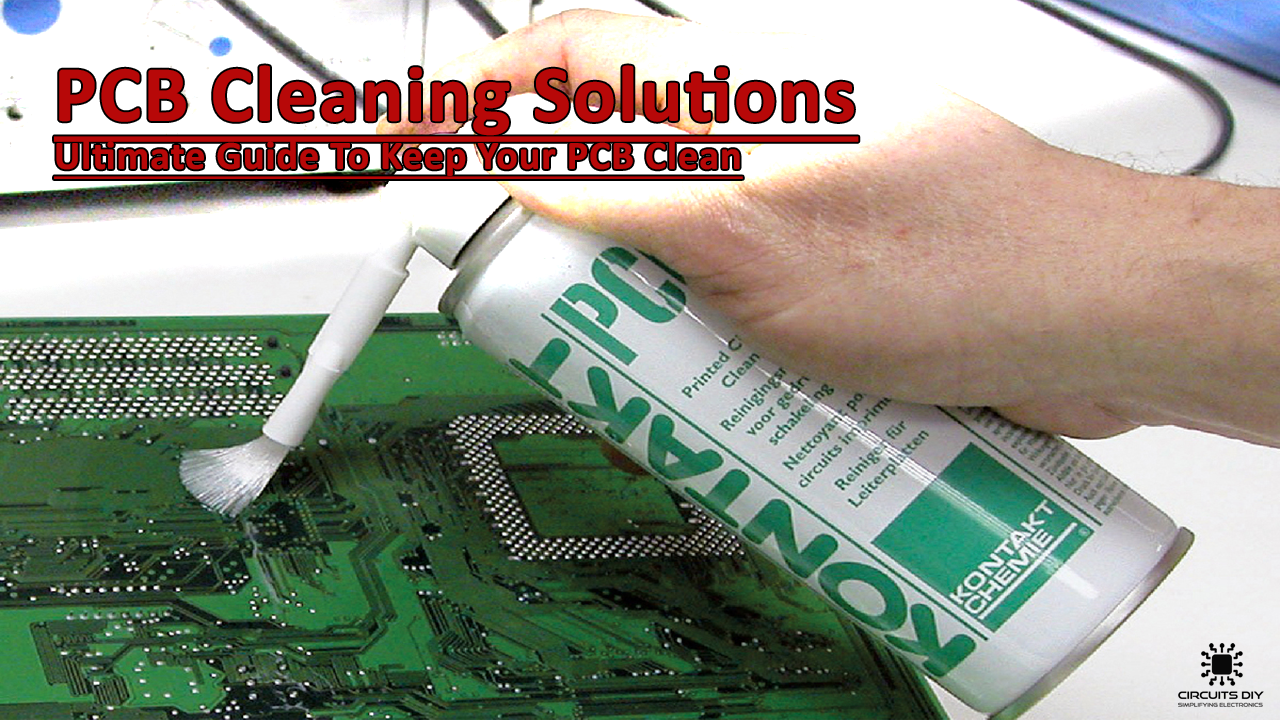Yes it is harmless (with one exception noted below). I've cleaned many different components, usually use a hot detergent bath immersion for a couple minutes (or first spray on an ammonia solution esp. Mr Clean if it's a smoker's system so tar buildup), then rinse with water having a drop of dishwasher rinse aid in it to reduce surface tension so the water sheets off.
If in a hurry to get it dry, I'll do a 3rd rinse with the cheap 70% IPA, set PCB it on end to let gravity drain it further, and point a fan at it, usually dry within a couple hours (really sooner but I wait that long anyway). If not rinsing with IPA, I wait a day with fan forced drying or just a couple days passive drying if it's not a priority.
Just immersing or pouring it over a component may not be enough. I don't have an ultrasonic cleaner so use a ~1" paint brush while it's submerged, then inspect slots/connectors afterwards to make sure no loose bristles were left behind. I would be very cautious about using a brush or especially anything firmer, in some CPU sockets due to risk of bending the pins.
As Larry mentioned, you may have to redo any grease based thermal compound, but not the gummy or silicone pad type, and need to remove fans, and batteries, and will deface any stickers. Fans though, once removed from something, I've also cleaned those as described above, then shake them to get excess water out, then relube if sleeve bearing, then let them sit for at least a day before powering up again. Mainly fans need removed because the cavity can hold water if not shaken out and needs longer to dry.
Doing only a brief pour of water or alcohol over a board can do as much harm as good. Many boards were not very well rinsed of their water soluble flux when manufactured, so if they only get wet briefly, the dried up flux residue starts to dissolve but not quite, then as the water dries, it can form pools of concentrated acidic flux, eating away at exposed metal and potentially forming conductive shorts between very close component leads or solder pads. You can often see this when it dries, crusty (salt film) looking haze over some areas. It was already there before washed, just spread out in too thin a film to notice prior to washing.
You can't do this to HDDs due to most (maybe not the helium filled?) having a breather vent & filter, aren't actually air/liquid tight sealed. You could take the PCB off and clean it alone.
Edit: Forgot to mention, do not use Mr Clean /etc ammonia on any aluminum like heatsinks, as it attacks the anodization. I only use ammonia when there is a definite tobacco tar issue and then only spray and let sit a few seconds before immersion that dilutes it. Come to think of it, I don't even use straight Mr Clean, more like a 20% solution of it that I'd premixed for other non-computer cleaning purposes.



